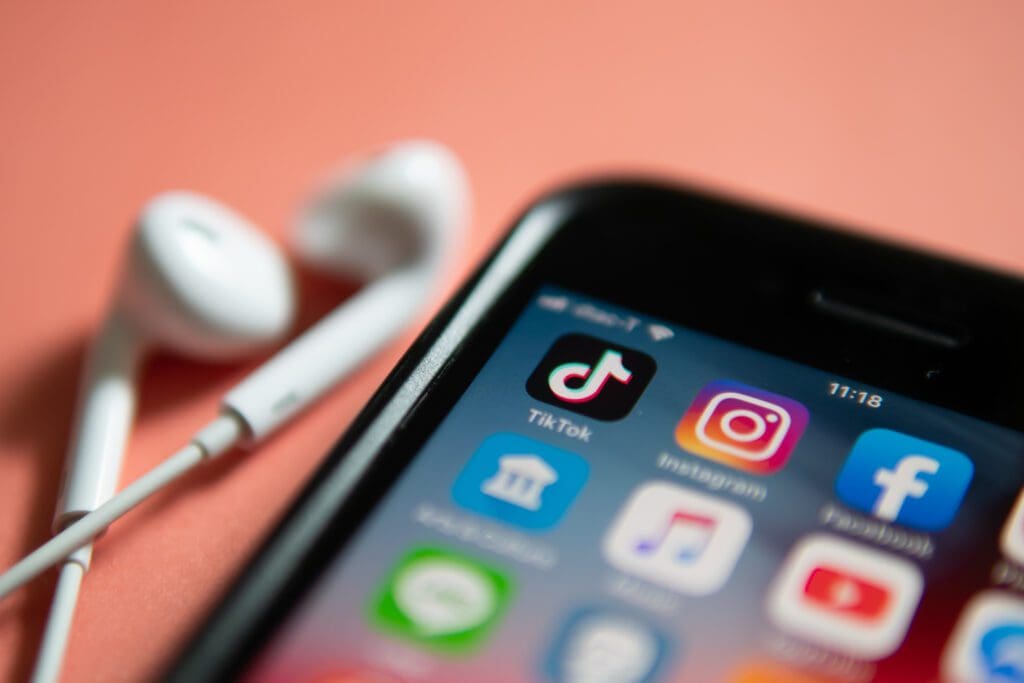Misleading Metrics in Influencer Marketing
There’s still a learning curve for political campaigns when it comes to understanding how influencer campaigns run and what metrics qualify them for success.

From Elizabeth Warren’s presidential campaign to the Biden White House to nonprofit organizations like RepresentUs and Michelle Obama’s When We All Vote, the last few years have seen digital strategists and even firms increasingly turning to influencers to run impactful marketing programs online.
Though much has already been said (and written) about the best practices of running an influencer marketing program, even allegedly “data-driven” programs often misinterpret or even misuse key social metrics. Here are some guardrails you should consider using when standing up your own program:
Set measurable goals.
First and foremost, a successful digital program of any kind must set measurable goals to pursue, and assess progress to goal using metrics that make sense — quantitative and/or qualitative. That includes influencer marketing.
Determine the right way to measure engagement.
Typically, “engagement” refers to likes, comments/replies, and shares/retweets — that’s how most social media and/or influencer marketing platforms define and measure it, too. For text, image, or even some link posts (for instance, linking to a news article), this makes sense — a like, comment, and/or share are how most users engage with the content.
But this may not always provide an accurate or complete assessment of a given post’s impact. With video content, for example, video views are engagement. Even if a video may not receive as many likes or comments as these other kinds of content, viewers are typically busy doing just that —viewing.
For promoting a specific landing page, clicks or conversions can often matter most. For instance, if you’re working with an influencer to share a fundraising page, metrics such as likes, comments, or shares of the post won’t matter nearly as much as the donations it generated.
Know the difference between inauthentic followers ≠ bought followers.
Next, the terms “inauthentic” or “fake” followers are often used synonymously (especially in the context of influencer marketing) with the term “bought.” But these aren’t necessarily one and the same, especially not by the creators themselves.
Take me, @golovashkina, as an example. Twelve percent of my followers on Twitter are determined by a tool like SparkToro to be “fake” and unreachable. And that’s probably an accurate number! But I haven’t bought a single follower in my life. Bots and other kinds of “fake” accounts often auto-follow other accounts to appear authentic themselves, even if the accounts they follow didn’t buy their following or even ask for it. That means the older an account is, the more inauthentic followers it’s likely to have, even if it didn’t have a hand in buying any of them.
For example: I launched my account, @golovashkina, in November 2012 and about 12 percent of my followers are inauthentic. @ewarren, launched in August 2011, and has an estimated 36.7 percent. @BarackObama, launched in March 2007, has about 49.4 percent, and it keeps going!
Influencer platforms often use “inauthentic” and “bought” as synonyms, but having inauthentic followers is no guarantee that an account who has them did anything to acquire them as followers. How many does your account have?
Audience size ≠ reach ≠ impressions.
From nano influencers with several thousand followers or subscribers to macro (or even mega) influencers with millions of each, audience size might just be the most important metric in influencer marketing. Except, well, it’s a vanity metric.
Followers, page likers, or channel subscribers all generally want to see a given user’s content, and can be a good estimate of an influencer’s reach. But it’s rarely a guarantee that they will. In the modern era of social media algorithms, most people don’t see — let alone engage with — every post or piece of content from every account they follow.
Reach refers to the number of unique users (people) reached, while impressions refer to the total number of times a post is viewed. For a video, look at views and, if you can, average watch time or at least the minimum view length to count as a “view.” These are the numbers that will help you really understand how many people a given piece of content is reaching.
Weigh comment quantity and comment quality, because they’re not always equal.
Beyond reach and impressions, audience reactions can help gauge how a target group is responding to a given post. These can come in the form of comments, shares, replies, or even quote tweets — and beyond the number of them, a qualitative analysis of their content can help you further understand how this influencer’s audience is responding to the content.
In some cases, a piece of great news can receive countless congratulatory replies and become inadvertently ratioed. In others, critical comments might come as quote tweets or shares, or even content criticizing a screenshot of the post or tweet, even if the original doesn’t appear to be ratioed.
Influencer marketing is continuing to expand and evolve, especially in politics. As it does, new techniques and metrics will surely develop. In some ways, we’re all learning together, presenting us all with myriad new opportunities to learn and grow.
Anastasia Golovashkina is a Senior Director at Trilogy Interactive driving and executing social media strategies for progressive candidates up and down the ballot—and the startups and nonprofits that help elect them, turn out voters, and make our world a better place. Before rejoining Trilogy after previously spending four years at the firm, she served as Social Media Director for Elizabeth Warren’s presidential campaign.
